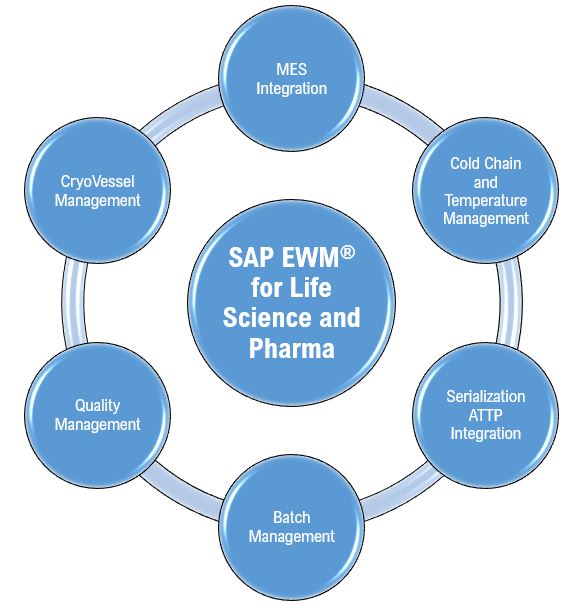As blockchain adoption grows across various sectors like finance, insurance, supply chain, and more, there is a common challenge across industries i.e., Interoperability. There are over thousands of blockchain networks that exist and can be categorized as public, private, consortium, and hybrid blockchains, each with unique characteristics and purposes. However, data and assets movement between these isolated networks is complex and risky. Cross chain atomic settlement is a quantum leap and solution for secure and trustless inter-blockchain transactions. This innovation has the potential to revolutionize decentralized finance (DeFi), digital asset trading.
What is Cross-Chain Atomic Settlement?
Cross-chain atomic settlement using blockchain is a method that enables the secure and simultaneous exchange of digital assets between two or more different blockchain networks, ensuring that the transaction is atomic. This innovative process revolutionizes currency trading by allowing token holders to exchange assets across different blockchains directly. The assets are exchanged in a trustless, synchronized manner.
Advantages of Cross-Chain Atomic Settlement
- Enhanced Liquidity: There is seamless asset movement across different blockchains which boosts market efficiency and makes assets more liquid.
- Reduced Counterparty Risk and fees: Transactions can be conducted without relying on a centralized intermediary to manage the funds. Traders maintain complete control over their assets, which eliminates the need for trusted third parties. Reducing third party incurs lower fees than relying on a third-party administrator and bypassing exchanges.
- Faster Settlement: Seamless & real time Deliver vs Payment, Payment vs Payment, Delivery vs Delivery based settlements offers quick turnaround and elimination of time and cost intensive reconciliations.
Use Cases and Applications
- DeFi Platforms: Many DeFi projects leverage cross-chain bridges for liquidity and interoperability, allowing users to swap seamlessly.
- Cross-Chain DEX: Decentralized exchanges utilize cross-chain technology, enabling users to swap assets across different chains without intermediaries.
- Asset Management: Users can effectively manage their portfolios spread across various blockchains by using bridges and atomic swaps, helping them maximize returns.
- Gaming and NFTs: In the realm of gaming and NFTs, interoperability through cross-chain bridges allows assets to be transferred between games or marketplaces on different blockchains, enhancing user experience.
Real World Examples
- In May 2025, Ondo Finance in collaboration with J.P. Morgan (via Kinexys) and Chainlink used Ondo Chain and Chainlink Runtime Environment as the technology to implement use case for Cross-chain DvP transaction which involved tokenized U.S. Treasury funds. The transaction demonstrated atomic settlement between Ondo Chain and Kinexys Digital Payments, combining public and permissioned blockchains. It reduced counterparty risk and improved liquidity management.
- In December 2023, Fnality International used Fnality Payment System as technology to implement Peer-to-peer atomic swaps for wholesale financial markets use case. Fnality started building a decentralized financial market infrastructure that supports atomic PvP and DvP transactions without intermediaries. The system was designed to be interoperable across multiple DLT platforms, reducing settlement risk and enhancing liquidity.
- In September 2023, Australia and New Zealand Banking Group (ANZ) used Chainlink Cross-Chain Interoperability Protocol (CCIP) to enable atomic cross-chain Delivery versus Payment for tokenized assets. ANZ issued stablecoins that were transferred across chains to purchase nature-based assets. The CCIP abstracted blockchain complexity, allowing seamless settlement across public and private blockchains.








